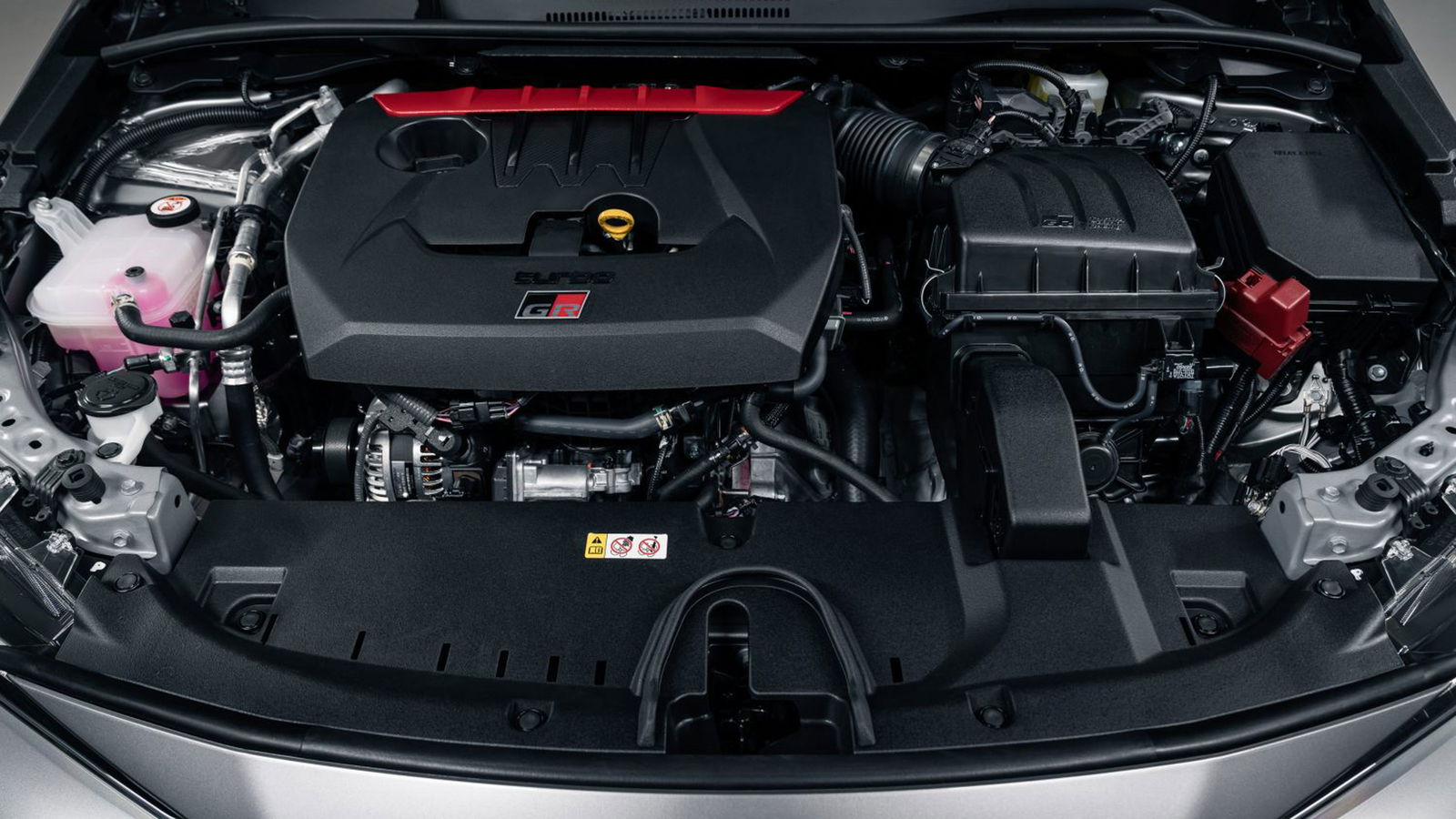Next Toyota GR Corolla Could Ditch Inline-Three Power

Well, the good news is that the Toyota GR Corolla doesn’t sound like it’s going anywhere anytime soon, does it?
A production line is starting in the UK next year, primarily to serve the North American market (and hopefully be sold on our shores, too), and Toyota seems to have a habit of making constant, minor tweaks to the platform. Oh, and we’re waiting for official news on the leaked GRMN, too.
One thing that could be going away is the 1.6-litre turbocharged three-cylinder G16E-GTS, which has powered the car since its 2022 arrival (and the GR Yaris since 2020).

Speaking with MotorTrend, Toyota’s powertrain president Takashi Uehara has heavily hinted that the next iteration of the Corolla could swap out that engine in favour of its new inbound 2.0-litre four-cylinder.
Uehara suggested to the publication that the tradeoffs to host a high-power three-cylinder and reduce noise, vibrations and harshness that come with that add too much cost and complexity to the car to be viable going forward. Along with that, the engine is only deployed in the GR Corolla, GR Yaris and Lexus LBX Morizo RR, so it only has niche use cases.
Not that the in-development G20E would be a downgrade. Although based on a scalable platform that’s predominantly designed to offer a compact 1.5-litre four-cylinder for regular versions of the Corolla and other economy-focused cars, the turbocharged 2.0-litre version is claimed to offer power outputs of up to 400bhp without hybrid assistance.

No guarantee we’d see that kind of figure in a new GR Corolla, but certainly expect an uplift from its current 296bhp output in that case.
We’re also expecting that engine to see use in the next-generation MR2 and Celica, as well as forming the base of the inbound GR GT’s 4.0-litre twin-turbocharged V8. Don’t fret about GR going EV anytime soon, either, with chief technology officer Hiroki Nakajima telling MotorTrend: “I think that [Toyota Motor Company] should be a company that should manufacture engines until the very end.”



Comments